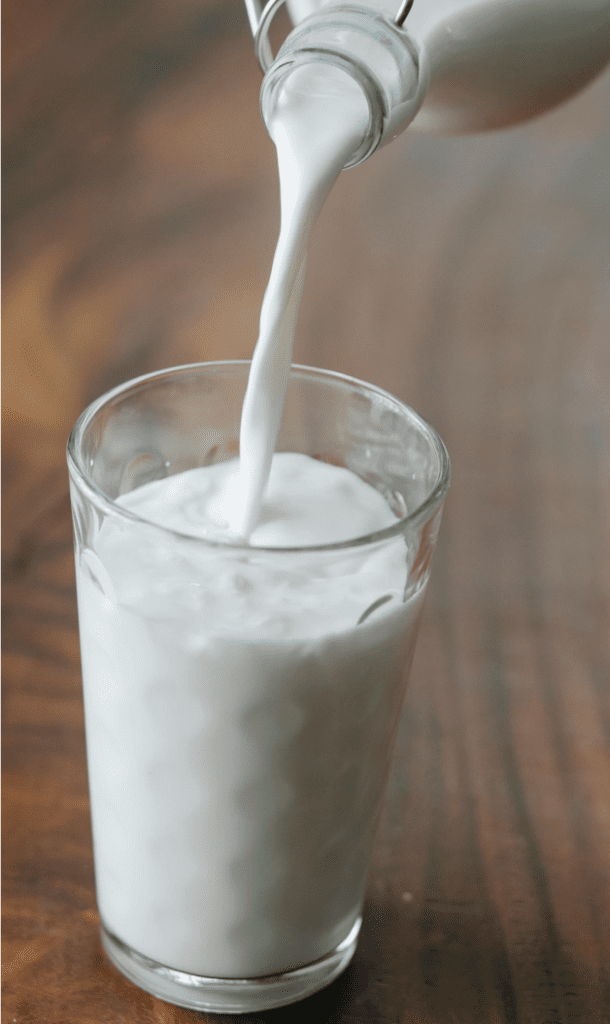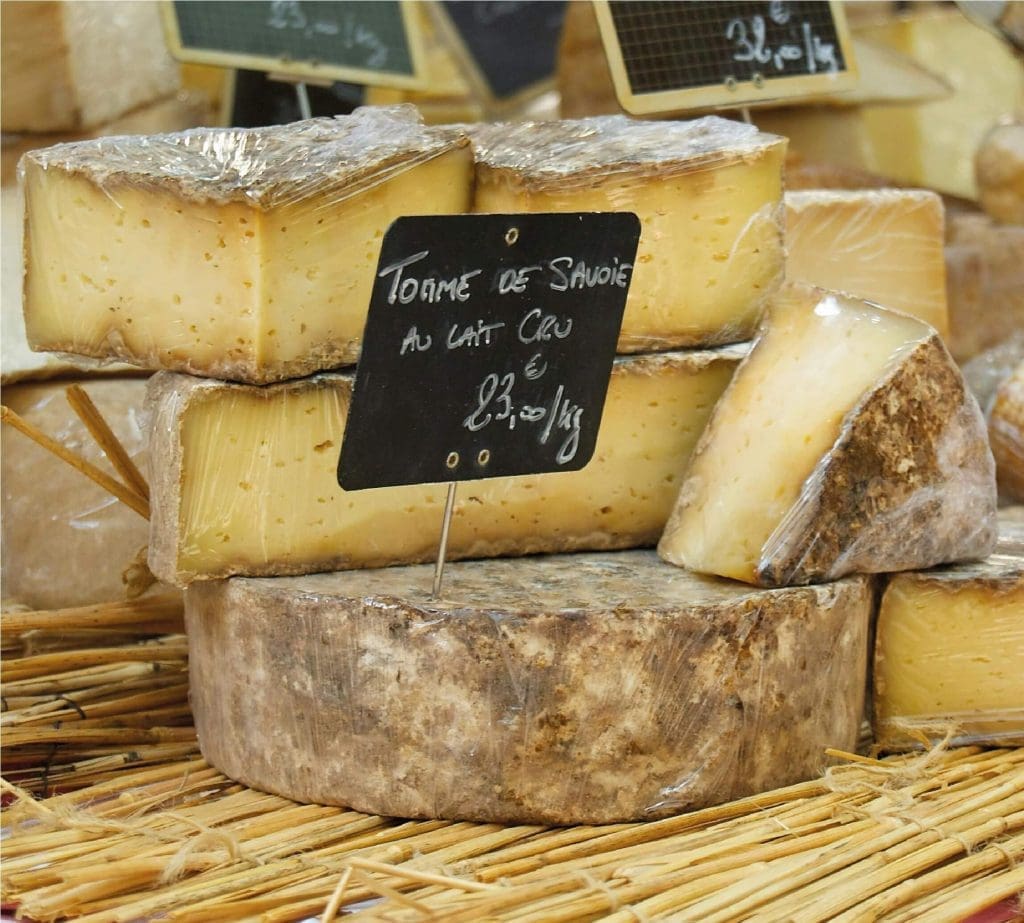
The journey of milk from its source to the consumer, featuring advanced technologies and standards that ensure the product’s quality and sustainability
In the European dairy industry, technological innovation and adherence to environmental and food safety regulations play a pivotal role in shaping milk production and processing practices.
From Milking to Pasteurization: Cutting Edge Technologies
The milk’s journey begins at modern farms, where robotic milking systems ensure efficiency and hygiene, minimizing human contact and guaranteeing consistent quality. These technologies, in addition to improving animal welfare, enable health monitoring of the livestock, providing valuable data for disease prevention.
Subsequently, the milk undergoes heat treatment processes like pasteurization, crucial for eliminating pathogens while preserving nutritional properties. Modern heat recovery pasteurizers not only ensure food safety but also energy efficiency, aligning with European directives on eco-sustainability
Filtration and Homogenization: ensuring quality
Microbial filtration and homogenization are key steps in milk treatment. The former removes any residues, while the latter ensures a uniform consistency, enhancing milk digestibility. These processes are regulated by strict European standards that define safety and quality parameters, ensuring that the milk reaching consumers is not only safe but also of high quality.



Packaging and Logistics: Innovations and Regulations
Packaging is another area where innovation plays a vital role. Eco-friendly materials and techniques like aseptic packaging extend the shelf life of milk without preservatives, in line with European policies for waste reduction and sustainability promotion.
In transportation, the cold chain is strictly maintained through real-time monitoring systems, ensuring the milk retains its freshness and quality up to the point of sale. European regulations on the transportation of refrigerated foods set rigorous standards that companies must comply with, promoting practices that protect both the consumer and the environment.
Towards the Future: Sustainability and Traceability
The European dairy industry is swiftly moving towards greater sustainability and traceability, adopting technologies like blockchain to ensure transparency throughout the supply chain. This not only boosts consumer trust but also contributes to optimizing production practices, reducing waste and improving efficiency.
The journey of milk, from farm to table, is a prime example of how technology, innovation, and regulations can converge to produce safe, quality, and sustainable foods.
The European dairy industry continues to be a global benchmark, committed to constantly improving milk production and processing practices to meet the growing demands of increasingly informed and conscious consumers.”
DAIRY DERIVATIVES:
Diversity and innovation in processing
Beyond milk in its purest form, the European dairy industry produces a wide array of derivatives, ranging from cheeses to yogurts, creams to ice creams. The production of these derivatives requires specialized technologies and processes that reflect the diversity and richness of the European food heritage, always in full compliance with EU regulations that ensure quality and safety.
Cheeses: art and science

The production of cheese is perhaps the oldest example of milk transformation and remains a fusion of art and science. The coagulation of milk, fermentation, and maturation are processes that vary greatly depending on the desired type of cheese. Modern technologies support tradition, allowing precise control of production and maturation conditions, which, along with microbiological knowledge, ensure the safety and consistency of the products.
Yogurts and fermented products: benefits and innovation
The growing interest in fermented products like yogurt is driven by their well-known health benefits, particularly for the digestive system. The production of yogurt and other fermented dairy products utilizes specific bacterial cultures that must be carefully managed to ensure the quality of the final product. Innovations in this sector include the development of new probiotic strains and fermentation techniques that improve flavor, texture, and nutritional benefits.
Creams and butter: versatility in the kitchen
Creams and butter, essentials in European cuisine, are produced through separation and churning processes that modify their texture and fat content. Technology plays a key role in making these processes efficient and sustainable, with systems that minimize waste and optimize energy use. Here too, regulations ensure that the products maintain high standards of quality and safety.
Ice creams and desserts: innovation in cold
The ice cream and frozen dessert sector utilizes advanced quick-freezing techniques to preserve flavor, texture, and nutritional value. Innovation in this field includes the development of new flavors and formats, as well as solutions to reduce sugars and fats without compromising taste. European regulations on additives and labeling play a crucial role in ensuring that these products are not only delicious but also transparent for consumers.




